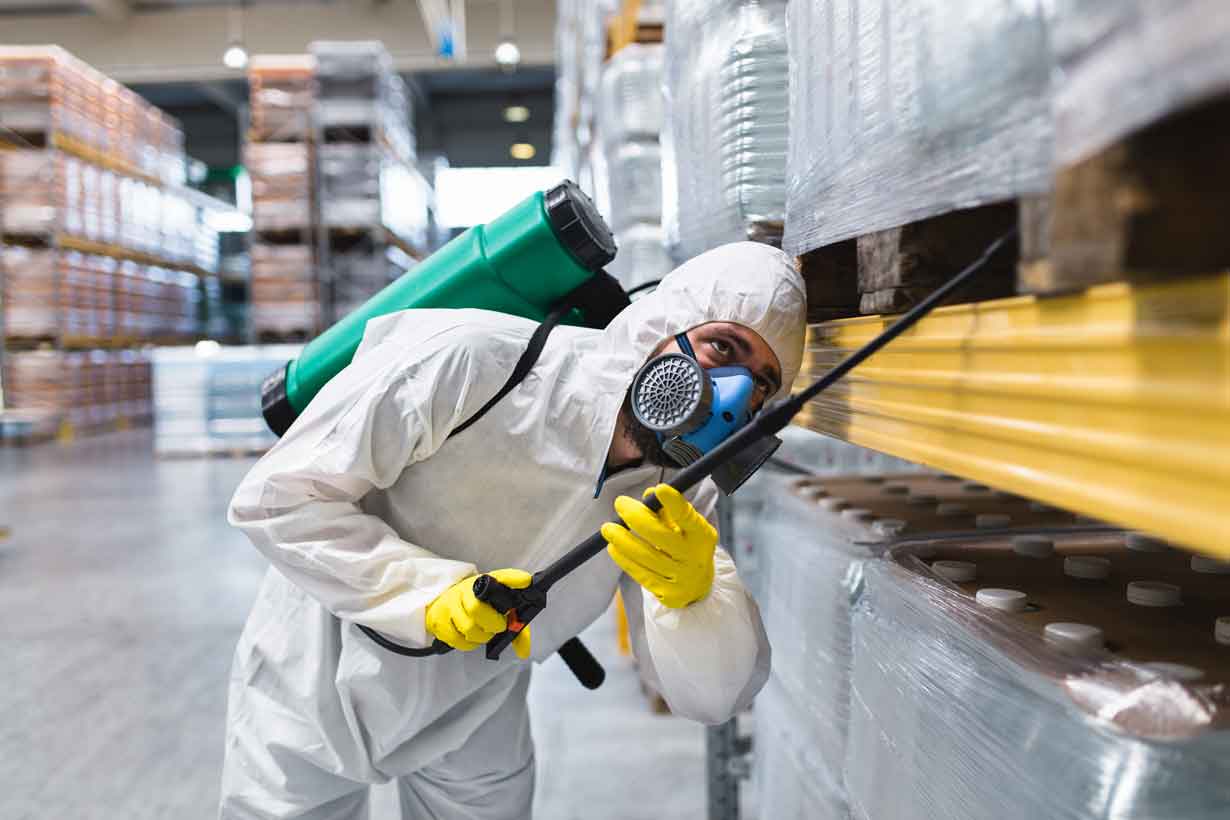

Safety Training, Institutional Knowledge and the Next Generation
By Grainger Editorial Staff 4/23/24


Some of the most important stuff just never seems to get written down.
It’s what you need to know to keep things running, but you won’t find it recorded in product manuals, process documentation or CAD drawings. You just have to know it.
And you know it because you picked it up on the job, piece by piece, over years or even decades. Little things about what works and what doesn’t, what’s necessary every single time and what you can skip over in a crunch, how to troubleshoot and who has the best ideas when something goes wrong.
That’s what institutional knowledge is. It makes all the difference, but it often gets taken for granted. And when those who have it walk out the door for the last time, they often take with them not just inside information about how to complete the job, but how to complete it safely. Environmental, health and safety (EHS) managers across the country are grappling with this issue.
Understanding the Challenge
A lot of people in the manufacturing workforce are getting closer to traditional retirement age. A 2020 study found that nearly 25% of the manufacturing workforce was age 55 or older, and by 2022 a separate study of government data determined that figure had risen to nearly 33%. As the pace of retirement increases, there’s a risk that too much institutional knowledge will be lost before it can be passed on.
In the Harvard Business Review, a research team described the problem frontline supervisors face in companies that are more concerned with headcount than skills management. Often, key roles require institutional knowledge that's specific to the organization. If the company hasn't supported knowledge transfer and skill development, there won't be anyone who can step up when the person doing the job today retires.
Paul Leonard is vice president of enterprise safety at Entergy in The Woodlands, Texas. During an interview at the 2024 Grainger Show in Orlando, Florida, he described how older workers often have safety savvy based on their first-hand experience, which is hard to transfer to younger workers.
"The older folks have seen all the accidents and incidents," said Paul. "They know how to react and what to do. It's in their DNA. The younger ones don't have that experience, unfortunately. Our problem is, how do we teach them what can happen?"
As with many institutional knowledge problems, finding the solution means capturing information and making it accessible to others.
"It's working with younger people to listen to the stories of the older, more experienced folks," Paul said. "How do we make that part of what we do going forward?"
Technological Transfer
Preserving and transferring institutional knowledge is becoming a bigger problem, but it’s not a new problem. Technology-assisted solutions have a long track record, and before there were cloud-based knowledge management platforms, there were three-ring binders and hand-written notebooks.
All these tools are vital. Offering a range formats for training and recording critical information can help preserve and transfer knowledge effectively. Paul described how digital and physical methods can complement each other.
"Of course, we've got a lot of stuff on tablets. But we just introduced a tool in a physical format. And a lot of our people like that," said Paul. "Rather than have to go into a tablet or a smartphone, it's something they can put in their hands and read. So it might be the old technology, but it's a new approach, too."
And technology helps organizations assess their training and knowledge transfer initiatives, too. Mark Ard is regional EHS manager for Refresco U.S. Beverages. He described how a training platform helps measure employee learning.
"It helps us validate capability and competency," said Mark. "We have periodic check-ins to find out how employees are progressing. We can create benchmarks and use them to check in with people, to ask, 'What are they doing? How are they doing it? Is there any kind of learning deficiency that they have?' It's instrumental."
Using insights from algorithms and predictive analytics doesn't need to mean giving up on the human touch. Mark described how technology and people are working together in his organization.
"Employees are partnered with floor subject matter experts to be able to help them learn a process," he said. "We're not reliant on just interactive learning systems. We're doing a mix of both. So, the technology will teach the skill set. The human element is validating that we did a good job."
Soaking It Up
For many people, hands-on, face-to-face learning is the gold standard. A great way for someone to get institutional knowledge is to soak it up like a sponge, working closely with the people who have it.
Within an existing organization, job shadowing and cross-training programs can be effective ways to communicate institutional knowledge by pairing people who have experience in different areas.
For new employees, mixed-age teams allow younger workers to benefit from the knowledge and experience of their older colleagues. But the knowledge transfer isn’t just a one-way street. This is where bidirectional or two-way mentorship comes in.
Automation, robotics and other new technologies are areas where younger, digital-native workers can often have lessons to give, even to tech-savvy older workers who already know a thing or two about programming or engineering. And don’t underestimate the value in a fresh perspective: challenging the old wisdom can also have benefits.
The Best of Both Worlds
In the end, it's important to remember that the choice of knowledge transfer method shouldn't be an "either, or" situation. Workers will have different ways of assimilating information, reflecting their unique personalities as well as broad differences between their generations.
It's always a good idea to meet people where they're at. To suit the widest variety of styles, think about combining structured, in-person mentoring relationships with written documentation and with video demonstrations.
"My dad is from the Baby Boomer generation. He's very hands-on," said Mark. "That way of learning by working with your hands to figure out the process is very much a trait of that generation. Compare that to my daughter's generation. She's 13. She learned to play the piano by just watching videos. That's a huge change in learning style that we have to accommodate."

Safety Management
6 Tips to Help Prevent Slips, Trips and Falls
Identify the fall hazards in your workplace and implement a fall safety program. Check out these tips from Grainger so you can mitigate risk.
![]() OUR LATEST KNOWHOW
OUR LATEST KNOWHOW

Equipment
Facility Pest Control: How IPM Helps Safely Manage Insects
Discover safe, compliant pest control with IPM. Find tips for insect monitoring, sanitation and safe insecticide use in commercial facilities.
The information contained in this article is intended for general information purposes only and is based on information available as of the initial date of publication. No representation is made that the information or references are complete or remain current. This article is not a substitute for review of current applicable government regulations, industry standards, or other standards specific to your business and/or activities and should not be construed as legal advice or opinion. Readers with specific questions should refer to the applicable standards or consult with an attorney.









